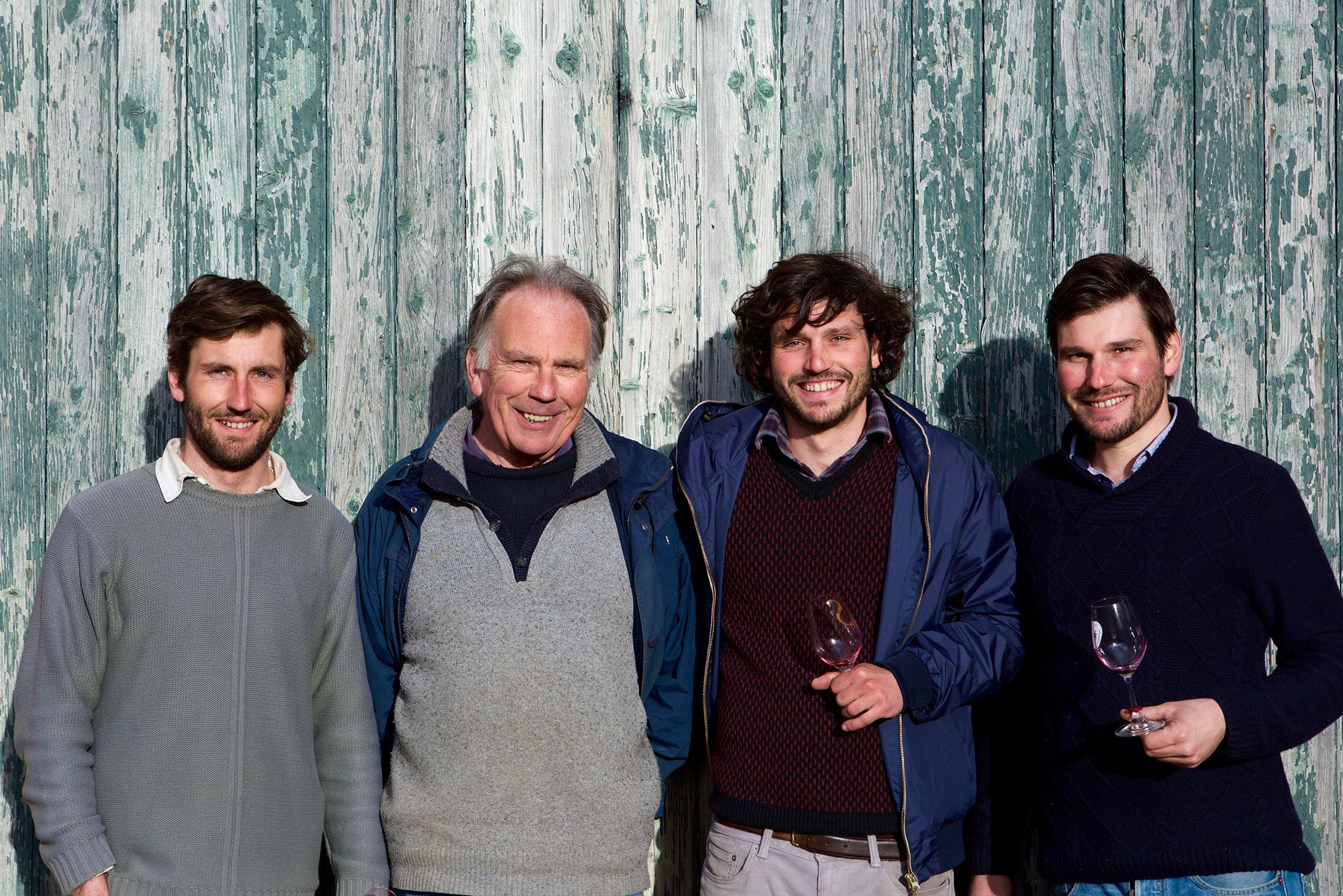Domaine Chardigny
Short Summary
Full Length Story
The newest chapter in the Chardigny family’s 200-year history has begun. In 2014, brothers Pierre-Maxime and Victor-Emmanuel took the reins of the family vineyards in Beaujolais and St. Veran. First on the agenda was the conversion from sustainable farming to organic. Renovation of the old cellars is en route.
The youngest brother of three, Victor (second from the far right, born in 1991) finished school with a degree in Enology and Viticulture and oversees all the vineyards and winemaking. Pierre-Maxime (just left of Victor, born in 1986), the eldest, holds a degree in business and focuses on commerce when times in the vineyard and cellar are slow, (which seems to be never). The middle brother, Jean-Baptiste joined the team around 2019/20 vintages and has a degree in agronomy. He was the vineyard manager for Domaine Leflaive’s biodynamically farmed Mâcon vineyards for some years before rejoining the family. It’s not difficult to imagine the bright future in store for these talented brothers working together, as their family domaine ascends in St. Veran and St. Amour.
In this area of Burgundy, it’s common for domaines to produce in both the Chardonnay-dominated Maconnais and Gamay-devoted Beaujolais.
Geologically speaking, the transition from southern Mâconnais to northern Beaujolais sees a change of soils from Jurassic limestones and clay to the acidic igneous and volcanic rocks of the Massif Central. Viewed from afar, the change seems abrupt, but up close the lines are less clear.
The soils in St. Amour are much less homogenous than other appellations of Beaujolais. Here you find granite (which is typical of other Cru Beaujolais appellations), schist, clay, alluvium and a lot more. The two vineyards the Chardigny family farm, Clos du Chapitre and A La Folie, are a mixture of ancient alluvial igneous rocks primarily from the Massif Central.
Saint-Véran lies just north of Saint-Amour on limestone and clay soils. Most of the family’s vineyards lie in cooler areas of the appellation, providing surprisingly good tension in the wines with bright fruit and mineral notes. Originally we imagined that we were going to work only with their Beaujolais wines, but their Mâcons were too good not bring in as well.





















